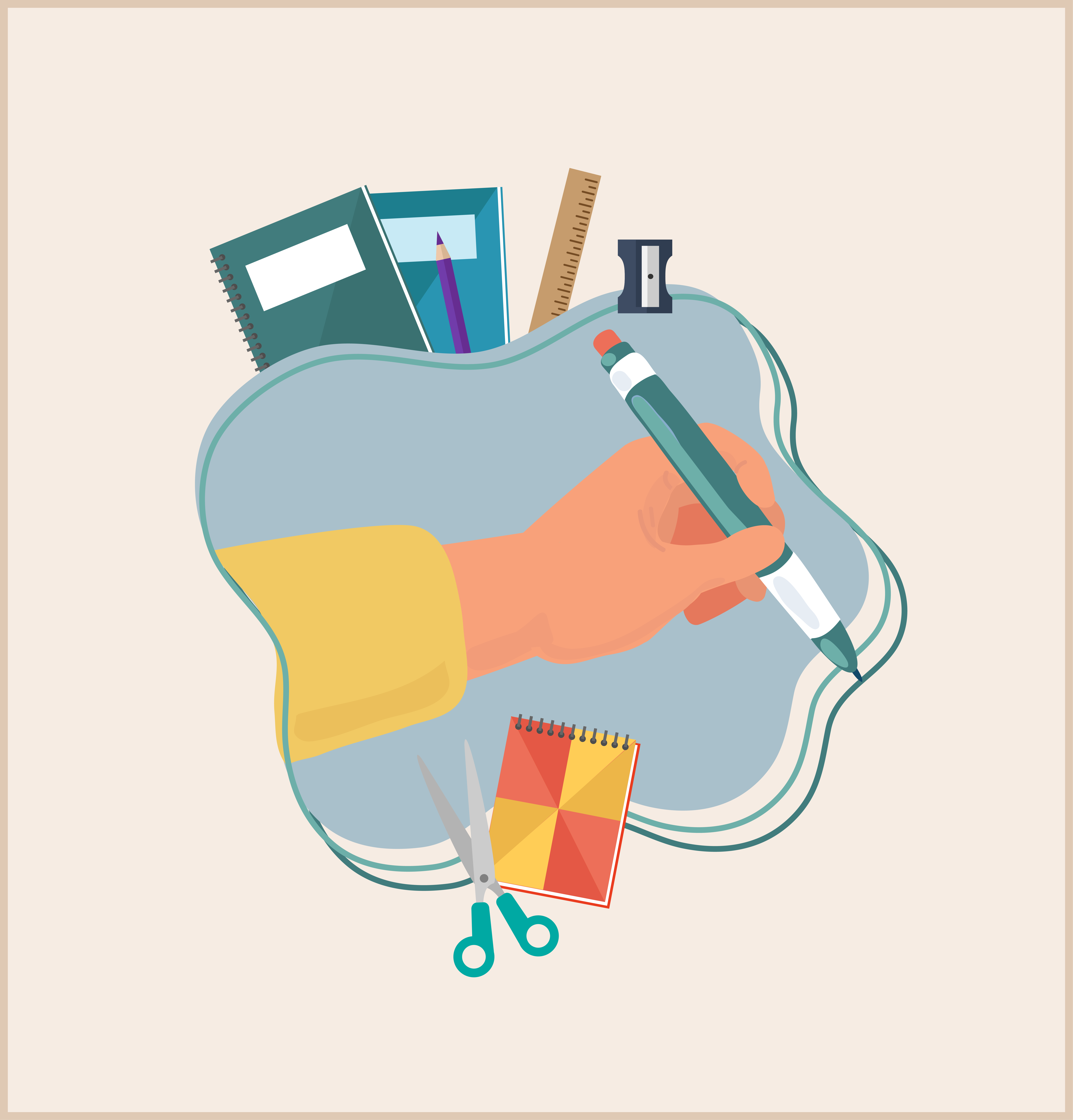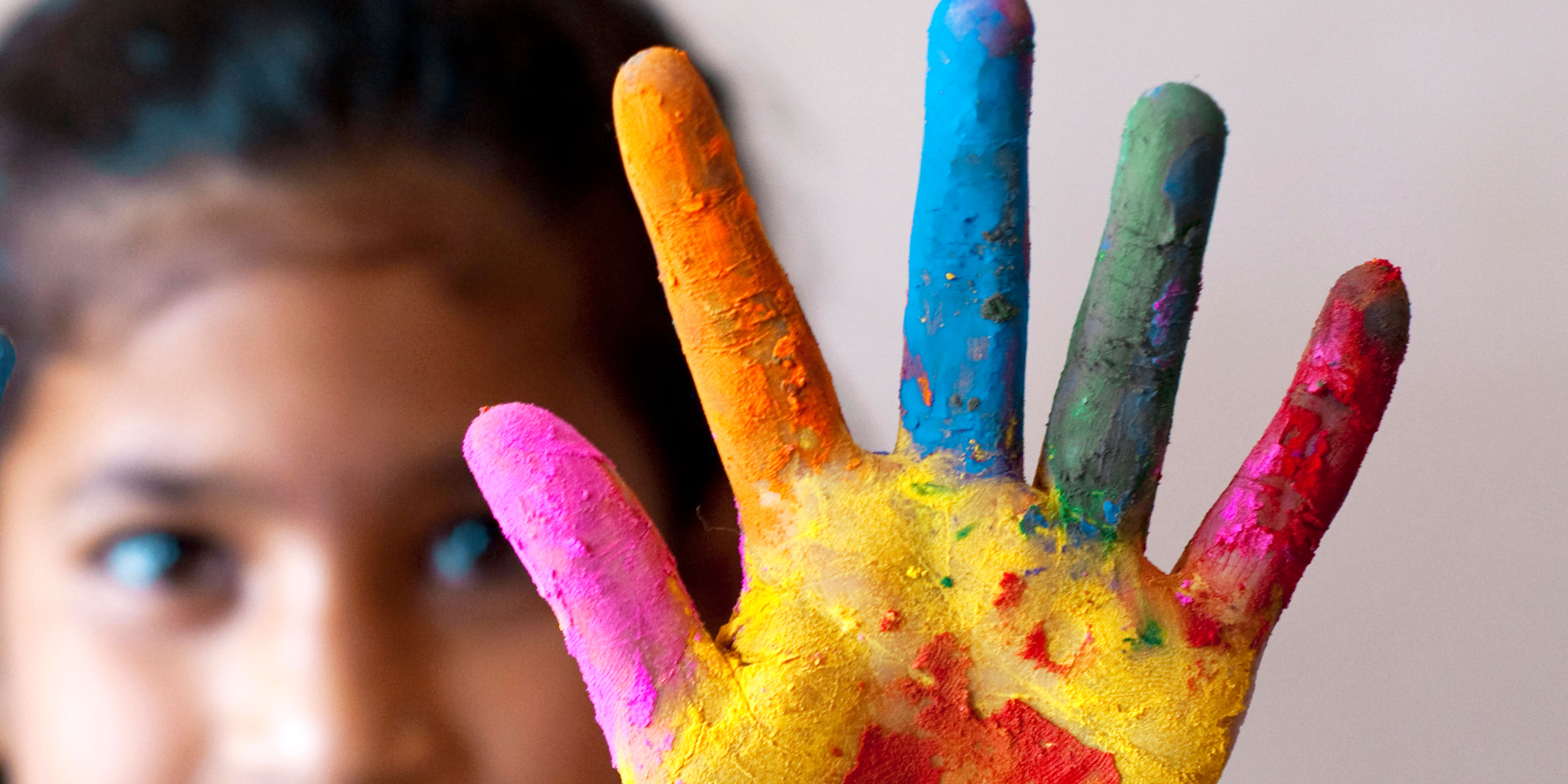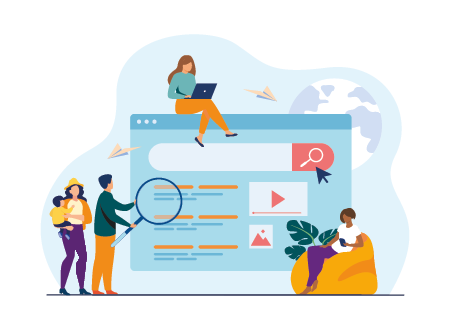
These tips make the start of school easier:
- Inform the teacher in advance about the left-handedness of your child.
- When arranging the seating, the teacher should make sure that your left-handed child sits on the left side of the table and a right-handed child sits on the right. This way, the children don't get in each other's way when writing.
- Provide materials specifically geared for left-handers,triangular pencils or pencil sharpeners or a sharpener for left-handed cutting direction
- A left-handed ruler shows numbers from right to left. This makes it easier to measure and underline correctly
- A writing pad for left-handed children helps align the stapling position. The writing pad is on top with stapling. This way the writing hand is not always on the spiral binding
- Discuss with the teacher whether a rollerball instead of fountain pen can be purchased.
.
.
.
.



